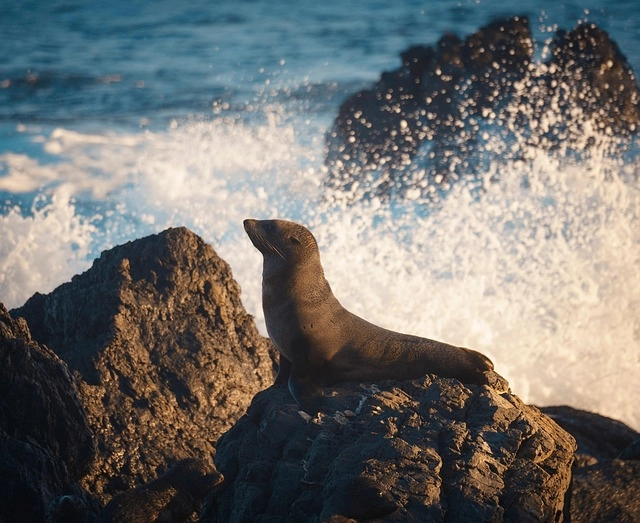Temperature and humidity heavily influence the longevity of fragrances, including Juicy Couture Perfume. Warmer climates accelerate scent evaporation, while cooler temperatures prolong it. Humid conditions can transform the perfume's aroma, enhancing olfactory sensations, while drier air may intensify individual notes. These environmental factors create variable scent dimensions, much like an artistic masterpiece adapts to different viewing contexts.
- Fragrance Intensity: Climate's Influence on Scent Projection
- Temperature Impact: How Heat Affects Perfume Longevity
- Humidity and Perfumes: Unraveling Their Complex Relationship
Fragrance Intensity: Climate's Influence on Scent Projection

The intensity of a perfume’s fragrance can vary significantly based on the climate it’s worn in, offering a unique sensory experience for every individual. In warmer climates, perfumes tend to evaporate faster, causing the scent to project more intensely and spread widely. This is because heat increases the volatility of fragrances, leading to a quicker release of top and middle notes, which are often responsible for the initial burst of aroma. For instance, a light and floral scent like Juicy Couture Perfume might transform into a bolder, more persistent presence in a hot and humid environment, making it an ideal choice for summer days at the beach or in the city’s bustling streets.
In contrast, colder climates can make perfumes last longer on the skin due to lower temperatures slowing down the evaporation process. This climate-driven effect allows deeper base notes to emerge, providing a more concentrated and lasting scent. Therefore, wearing a fragrance like Juicy Couture Cologne during winter might result in a more subtle yet refined olfactory experience, suitable for cozy evenings at home or formal gatherings under the stars. Understanding how climate influences scent projection can help individuals choose fragrances that best suit their surroundings and personal preferences.
Temperature Impact: How Heat Affects Perfume Longevity

Temperature plays a significant role in determining the longevity of fragrances, including popular scents like Juicy Couture Perfume. In warmer climates, perfumes tend to evaporate faster due to higher humidity and heat levels. This can result in the scent fading more quickly, leaving behind a shorter-lasting impression. The heat speeds up molecular movement, causing perfume oils to vaporize at an accelerated rate, especially in regions with high temperature and humidity.
Contrarily, cooler temperatures tend to slow down evaporation, allowing the Juicy Couture Cologne (or perfume) to linger on the skin for longer periods. This is why some fragrances are designed with specific seasonal considerations in mind, performing optimally during certain times of the year. In colder weather, the scent might be perceived as more intense and long-lasting due to reduced evaporation rates, offering a different olfactory experience compared to warmer environments.
Humidity and Perfumes: Unraveling Their Complex Relationship

The relationship between humidity and perfumes is a complex dance, particularly for fragrances like Juicy Couture that are known for their captivating aromas. In humid climates, where moisture levels in the air are high, certain scents can transform, evolving from their original composition. This phenomenon occurs because alcohol-based perfumes tend to evaporate at different rates depending on humidity—a factor that influences how a fragrance projects and lingers on the skin.
For instance, Juicy Couture Perfume, with its blend of fruity and floral notes, might display heightened sillage (the trail of scent left behind) in humid environments, as the moisture can enhance certain olfactory sensations. Conversely, in drier climates, the perfume’s aroma may seem more concentrated and intense, allowing individual notes to shine through more distinctly. This variability underscores the idea that perfumes, like many artistic creations, can take on new dimensions when experienced under different environmental conditions, including climate.
